Based on our degree-day model for Sparganothis fruitworm, flight initiation was predicted around 595
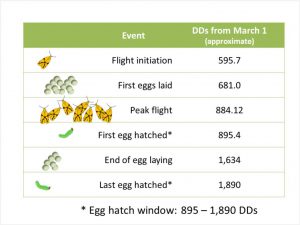
Life history benchmarks for Sparganothis fruitworm and associated degree-day estimates (credit: Elissa Chasen and Shawn Steffan, USDA-ARS and UW Entomology).
DD, and indeed, Sparganothis flight begun in Chatsworth, NJ, the week of June 6. As of June 21, Sparganothis has accumulated 839 DD. Based on the DD model, Sparganothis peak flight is predicted by the end of this week (884 DD). Although moths should have begun laying eggs, these eggs should not be hatching until early next week (895 DD). Reminder that a single insecticide application, i.e., post-bloom application with Delegate, Altacor, Diazinon, or Intrepid, aimed at Sparganothis larvae will likely have the greatest effect if it is timed for peak egg-hatch/larval-emergence, which is approximately 1,400 DD. I will keep you updated on these predictions as the season progresses.
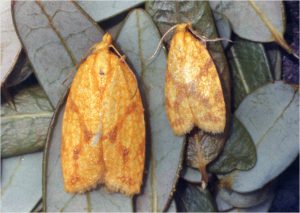
Sparganothis fruitworm Adult
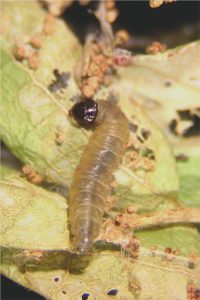
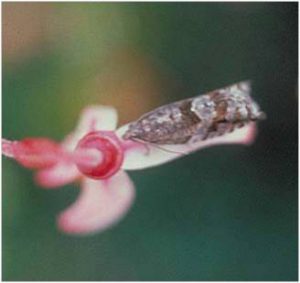
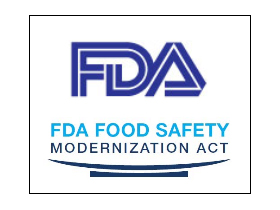 The Risk-Based Preventive Controls for Human Food final rule was published in the Federal Registry September 17, 2015. This is the first of two which may directly impact fruit and vegetable growers. To review the complete rule go to
The Risk-Based Preventive Controls for Human Food final rule was published in the Federal Registry September 17, 2015. This is the first of two which may directly impact fruit and vegetable growers. To review the complete rule go to 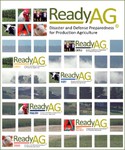 Just as we’ve finished National Preparedness Month, Governor Christie has declared a state of emergency. In case Hurricane Joaquin takes a turn toward the Jersey Shore this weekend, there are many resources and tools to help get your families and homes prepared. Make sure your farm business is ready too.
Just as we’ve finished National Preparedness Month, Governor Christie has declared a state of emergency. In case Hurricane Joaquin takes a turn toward the Jersey Shore this weekend, there are many resources and tools to help get your families and homes prepared. Make sure your farm business is ready too.